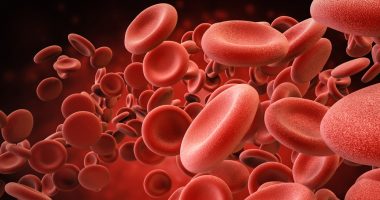MDs Link Calcium Deposits in Woman’s Brain to Her Hypoparathyroidism

An 86-year-old woman with hypoparathyroidism and progressive cognitive deficits was found to have calcium deposits in both hemispheres of her brain, according to a case report.
The study, “Hypoparathyroidism Associated with Vascular Centrum Semiovale Calcifications,” was reported in the journal Annals of Neurology.
Hypoparathyroidism is typically associated with low calcium levels in the blood, a result of the deficiency in parathyroid hormone in these patients.
Here, doctors in France reported the case of a woman who was recently found to have low levels of parathyroid hormone — less than 1 nanogram (ng) per liter, when the normal range is 15 to 88 ng/L — indicative of hypoparathyroidism of unknown cause. This was found after measurements showing low blood calcium (1.45 millimoles/L, whereas the normal range is 2.2–2.55 mmol/L).
Despite a correction of the low calcium, the patient still had persistent cognitive deficit. A CT scan found calcifications (calcium deposits) in the centrum semiovale, a brain area of white matter containing nerve fibers underneath the outermost layer of the brain, and in clusters of neurons in the cerebellum.
No calcifications were found in the basal ganglia, a group of structures responsible for motor control, motor learning, and cognitive skills. However, “basal ganglia calcification, and not white matter calcification, has been reported to be associated with hypoparathyroidism,” the doctors wrote.
In this patient, the calcifications were attributed to the woman’s hypoparathyroidism, a rare association called Fahr syndrome. Although Fahr syndrome is typically characterized by basal ganglia involvement, the researchers noted that the originally reported case of the syndrome also did not have calcifications in the basal ganglia.
“Fahr’s original report and our patient probably represent rare cases of hypoparathyroidism with predominant (peri)vascular [surrounding blood vessels] white matter calcification without basal ganglia involvement,” they wrote.
The doctors also said that most prior reports of Fahr syndrome did not mention or discuss the location of calcium deposits around blood vessels, unlike their study.
As for the neurological symptoms of the patient, which may include movement disorders, psychiatric symptoms, and cognitive dysfunction, they may be partly due to blood vessel obstruction, the doctors noted. Damage to the blood-brain barrier, which protects the brain while at the same time maintaining constant levels of hormones, nutrients and water, is also among the possible causes, they added.







